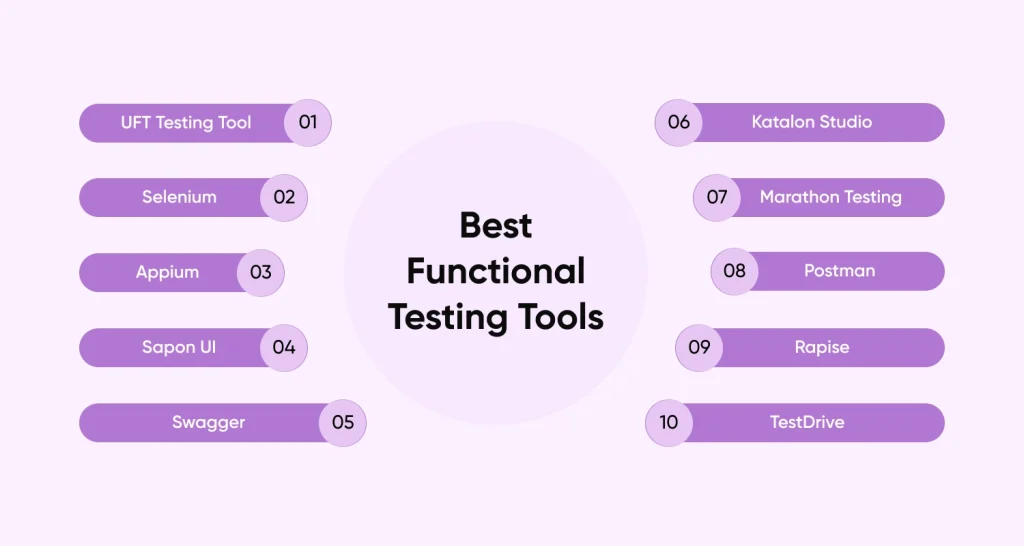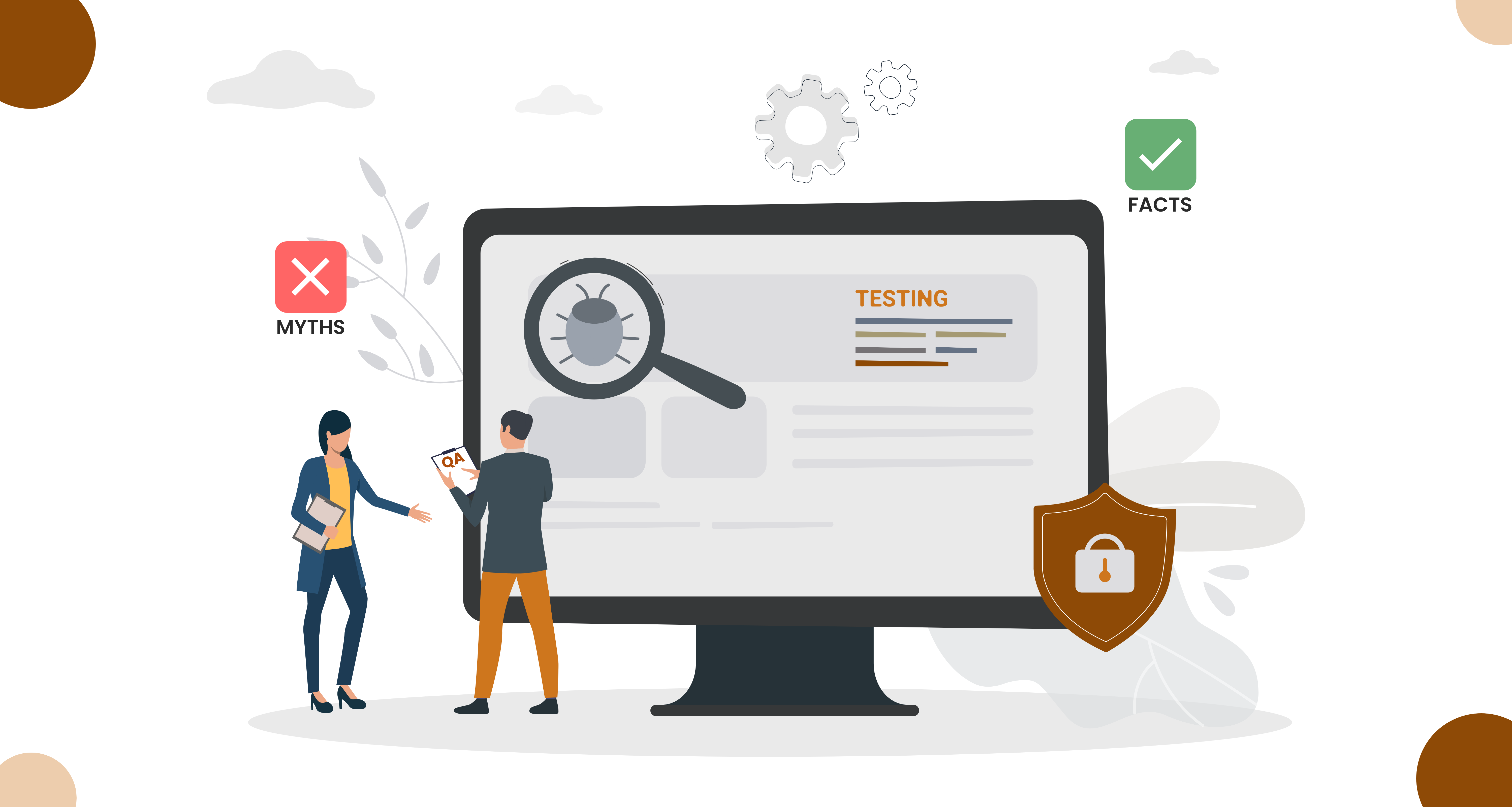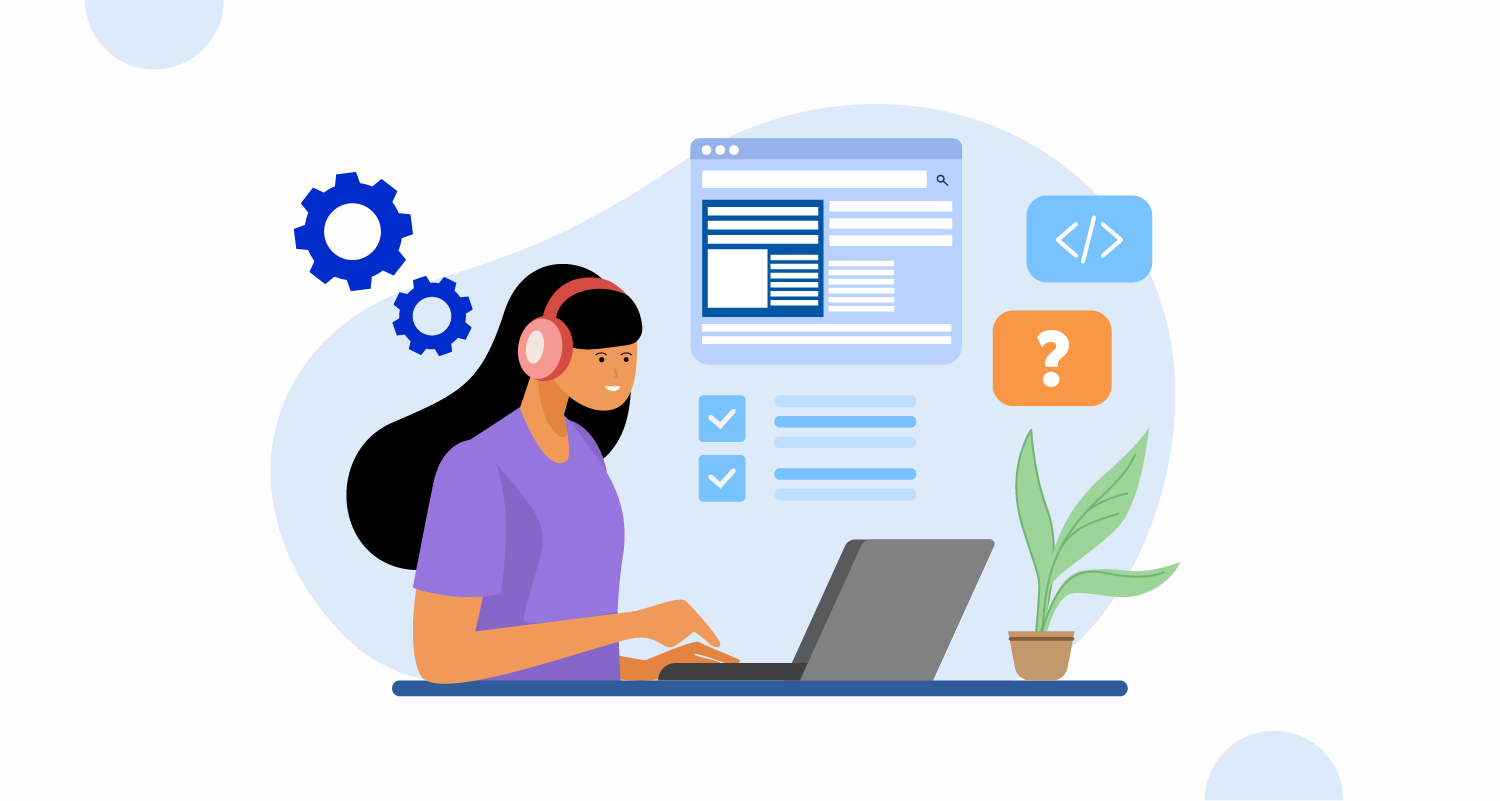Why Functional Testing Tools?
It is one of the crucial decisions to make while the software testing process. One of the most important choices you make for automation testing is the choice of the appropriate functional testing tool. You might miss certain undiscovered issues because every functional testing tool has specific restrictions.
You have a set of selection restrictions when choosing a tool, and these limitations can be divided into hard and soft constraints. Hard limitations are rigid and must always be met. These limitations include the platforms, programming languages, execution environments, and frameworks used to create the application. Cost, maintainability, usability, scheduling, level of programming, and technical skill requirements are some examples of soft constraints. These limitations may be partially or completely waived.
Based on the needs of the project, you must balance these limits while choosing the automated testing tool. Hire automated testers to meet all the requirements with a single functional testing tool.
Let’s start with the details of functional testing tools.
What Is Functional Testing?
Functional testing is a quality assurance method that determines whether a system complies with specific functional requirements. It is a form of “black-box” testing where functions are examined based just on their input and output, disregarding the internal organization of the program. Usually, it explains how the system operates. Hire dedicated QA engineers to carry out the testing. The developers create the scripts to check that the app’s small parts function in accordance with the specifications.
So, what is the functional automation tool list that the developers use? Let’s find out first why functional testing tools are needed.
What Are the Benefits of Using Functional Testing Tools?
You must keep in mind the benefits of software quality assurance functional testing in order to understand the efficacy of functional testing:
- Functional testing ensures that software functions properly for end users or commercial clients, preventing bugs and inconsistencies.
- During functional testing, the program identifies and corrects errors and faults to ensure smooth functionality and plug security holes, creating a defect-free final product.
- Functional testing identifies problems with an application’s functionality and makes sure that testers’ recommendations are followed by developers to guarantee proper performance.
- The characteristics of functional testing tools features evaluate software security, ensuring application security for the storage of sensitive user data, and ultimately delivering a conclusive result.
So what are the top functional automation tools list? Let’s check them in our next section.
Top 10 Functional Testing Tools in 2025

1. UFT Testing Tool
A well-known commercial functional testing tool is called UFT, or Unified Functional Testing. It offers a full feature set for cross-platform API, web services, and GUI testing of desktop, web, and mobile apps. The tool has reusable test components, automatic documentation, and powerful image-based object recognition features. Because it is a commercial tool, licensing costs make automation testing expensive.
2. Selenium
Selenium was initially merely a framework for testing automated browser interactions. Now, when developers use the term Selenium, they may be referring to the WebDriver (which supports Java, Python, Ruby, C#, JavaScript, Perl, and PHP programming languages) or the original testing framework.
Additionally, Selenium IDE has a record-and-playback functionality that enables you to do extremely simple functional tests without writing any code. These Selenium variants are all capable of cross-browser testing.
3. Appium
An open-source test automation tool called Appium supports desktop, mobile web, hybrid, and native apps. Appium has developed into a full platform with a wide range of automation features from its origins as a framework for iOS and Android mobile applications. With its WebDriver-based protocol, which supports a range of mobile and desktop platforms, developers can easily automate their apps. With its flawless features and cross-platform compatibility, Appium is a strong and effective test automation solution.
4. Sapon UI
SmartBear also supports SoapUI, however, SoapUI is more focused on Web services testing. You have a choice between upgrading to a subscription plan, which offers more integrations and back-end services or choosing the open-source version, which lets you create tests from a single device.
5. Swagger
User-friendly and simple to use, customization options, open-source and freely downloadable; readily implementable in.Net; lively and active community; and cost-free are some of the benefits of Swagger. Whereas the disadvantages of Swagger are limited support for code reuse, inclusions, or extensions, development, and QA tools need several specifications. It also requires schemas for all replies and lacks powerful developer tools.
6. Katalon Studio
Free Functional Test Automation IDE Katalon Studio is made for quick and effective testing. It runs on Windows, Linux, and Mac and offers testing for web, mobile, and APIs. For integrated software automation, Selenium and Appium, the top two testing frameworks, are utilized. Writing automated test cases is simple and does not require extensive programming experience.
It examines the problem of open-source test automation frameworks not being integrated specifically.
Some of its features are that it supports the languages Groovy and Java. It has built-in templates for maintaining object repositories, test cases, and custom keywords. Also provides Jenkins, qTest, Git, and Jira integration and the option to record and replay. Free software is created by KMS technology and it is appropriate for automating web applications, and mobile applications.
7. Marathon Testing
A cross-platform framework for test automation for Java/Swin, Java/FX, and Web applications is called Marathon. Through scripts, it provides test automation. Ruby has an internal script recorder that allows you to construct understandable scripts. In order to manage test automation projects, it offers a strong integrated environment. Marathon and MarathonITE are two goods.
Marathon and MarathonITE can be used for simple or huge applications with up to 10 screens each. The sophisticated features offered by MarathonITE include data-driven testing, extract-method refactoring, and object map maintenance.
8. Postman
Postman is a superb API platform that makes it simple to create and use APIs while increasing productivity and speeding up development procedures. Because of its user-friendly UI and robust functionality, developers can produce better APIs quickly and accurately. Small teams and independent developers can use San Francisco-based Postman’s flagship product for free. Comprehensive API administration, team collaboration, extra support, and other advanced capabilities are offered by Postman Pro and enterprise levels. The way developers construct and manage APIs can be completely transformed by Postman.
Features:
- Support for GraphQL is built-in Excellent documentation abilities
- Functionality testing for regression
- Comprehensive amount of knowledge
- Collaboration tools
- Better control over the workflow
- Libraries already installed
9. Rapise
The offers a novel form of testing called Learn and Go that uses substantially less time than conventional record-and-playback procedures. Rapise has robust built-in support for every environment, including Java, Google Web Toolkit, and web applications with AJAX, among others. With Rapise, you can test all of these technologies in the same environment. Additionally, it supports Internet Explorer, Firefox, and Chrome.
10. TestDrive
The Automated Software Quality (ASQ) solution TestDrive covers the need for quick automation. It is made to test GUIs like Java(tm), Ajax, Flex, and Silverlight(r), as well as web and legacy applications. Users can execute pre-existing scripts over upgraded versions of the application thanks to its innovative self-healing script mechanism. In accordance with predetermined criteria, these scripts will update to reflect changes.

How to Choose the Best Functional Testing Tool for Your Automation?
It’s crucial to make a list of criteria before choosing the functional testing solution to allow for better evaluation. The selection of a tool frequently depends on subpar criteria. So which are the appropriate ones? Here are some important factors that will enable you to choose the most appropriate functional testing instrument.
1. Programming Language and Development Environment
There are two ways to use programming languages while working with automation technologies. Use programming languages that are simple to learn, like Ruby and Python, or create your own programming language.
When the commit fails during a Continuous Integration run and the test is written in the same language as the production code, programmers must correct the fault.
2. Tags & Supported Platforms
Ascertain that the tool is compatible with all the platforms and levels that the team offers (web, mobile web, iOS native, Android native). If it doesn’t support the majority of popular platforms, the team will have to find another strategy to cover the risk, which will ultimately raise the cost. The tool can provide a “page object” defined as a function for these use scenarios.
One technique to keep track of which tests run in various browsers is using tagging. You can tell the tool to “run all tests for the edge browser full size” by using tags. You can divide up the various tests, such as only running back-end, only running front-end, only running tests that use a specific API, etc.
3. Reports
Test reports and their analysis are documented in test reports. Choose a functional testing tool that has dashboards and visualizations that can be customized in terms of the level of detail for the target audience (managers, clients, and developers).
4. Costs of Licensing and Support
Think about the license cost as well as potential future costs (such as support fees and compatibility add-ons). The tool must fulfill all of your requirements without slowly depleting the testing budget.
5. Team Fit
In your company, who creates the automation scripts? Test engineers or developers? The functional testing tools you use should reflect the ethos of your team. Developers frequently write automation scripts at firms since they are more skilled programmers. When QA team members execute automation testing, it saves them time.
6. Bug Categories
Consider asking yourself, “What are the critical bugs and where do they appear?” before choosing a functional testing solution. You can use a bug tracker to find the solution. The bulk of defects may be discovered by this type of investigation in the GUI, database layer, or business logic. For instance, if the GUI has more significant issues, test the business automation.
You may like this: Importance Of Unit Testing In Software Development
Conclusion
Numerous of these automation solutions have special capabilities that can help with the expanding difficulties of automated testing. Look at the genuine issues the team is attempting to resolve. Find a tool that handles these risks, performs optimally given the team’s skill set, and interacts with work processes and technological stacks.
We at CMARIX, provide software testing services, using the most up-to-date automation techniques to provide its customers with solutions of the finest quality.
Frequently Asked Questions
What Are Functional Testing Tools?
Software programs called functional testing tools are made to test different features and functionalities of a software program to make sure it complies with the requirements and performs as expected.
How Do You Determine Which Functional Testing Tool Is Most Suitable for a Particular Project?
Functional testing tools may be appropriate for a project depending on its needs, technological stack, budget, team expertise, and testing scope. You may make an informed choice by weighing these variables.
Can You Provide a Comparison of Different Functional Testing Tools, Highlighting Their Key Features and Benefits?
Popular tools like Selenium, Appium, JUnit, TestNG, and Cypress should be included in a comparison of functional testing software. To decide which one is the best fit for your project, highlight their main attributes, such as cross-browser compatibility, mobile testing, support for a variety of programming languages, ease of use, and reporting capabilities.
What Functional Testing Tools Do You Recommend for Our Specific Application and Technology Stack?
If you need thorough web application testing with cross-browser compatibility for your particular application and technology stack, I suggest Selenium. Appium is a wise choice if testing mobile apps is your main goal. With its quicker execution and simpler setup, Cypress is perfect for contemporary web apps. Before choosing a tool, make sure to evaluate your unique demands and specifications.







